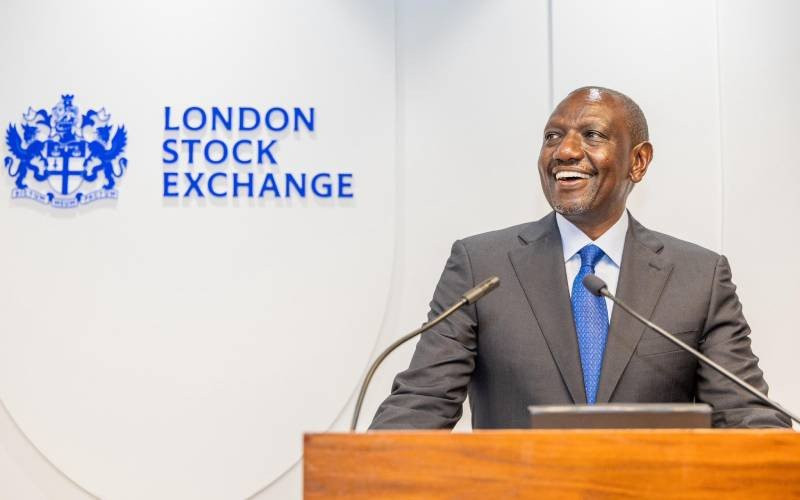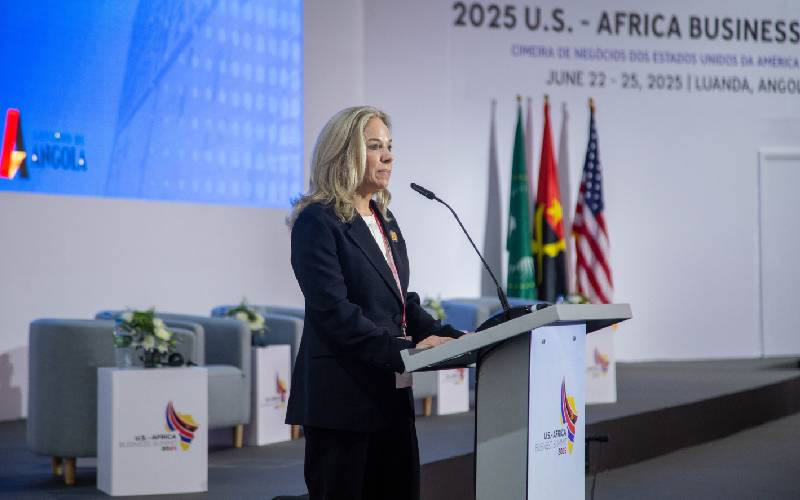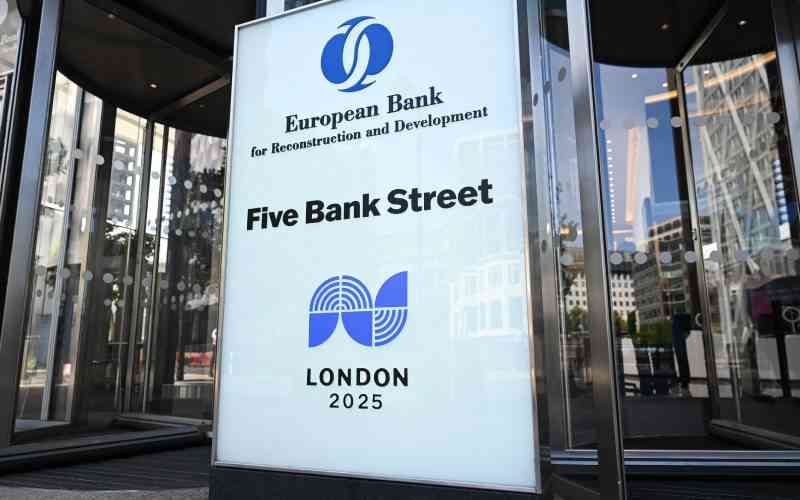
For decades, lecturers in public universities have contended with broken promises, meagre pay, and delayed salaries. Although the government has always assured its commitment to addressing the lecturers’ plight, history has proven otherwise.
Almost every cycle ends in empty promises of improved pay, with lecturers being arm-twisted back to work, either through the courts or persuasion.
This ongoing battle has become, for many, a source of frustration and disillusionment, especially after the government failed to honour the agreement on the return to work signed between the Inter-Public Universities Council Consultative Forum (IPUCCF) and the Universities Academic Staff Union (UASU).
The struggle dates back over three decades when the dons first began agitating for better pay and terms of service.
In 1994, a nearly year-long strike saw top academic talent leave the country, with similar disruptions occurring in 2006, 2009, 2014, and 2017.

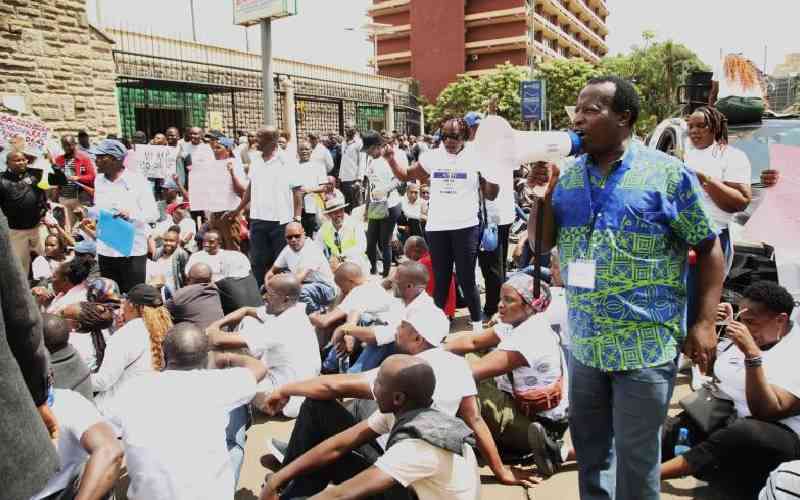

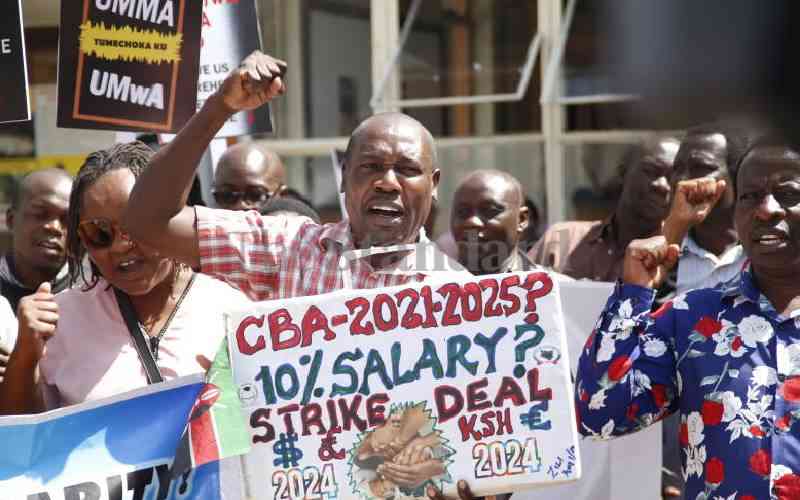
The struggle since 1994 reflects broken agreements and unfulfilled promises, yet the lecturers have not relented in their pursuit of better conditions.
A 2006 strike involving over 3,500 lecturers ended with assurances of pay increases and better terms, but those promises were never fulfilled. The lecturers had demanded payment of a 15 per cent rise — part of a total 45 per cent pay hike — agreed upon between UASU and IPUCCF, the government representative.
Then there was the 2009 strike, which came with bolder demands. Lecturers called for a 500 per cent salary hike, which would have seen teaching assistants’ monthly salaries rise to around Sh408,000, and full professors’ pay increase to over Sh1.4 million.
However, the then Assistant Minister for Higher Education, Dr Kilemi Mwiria, turned down the unions’ demands, stating the government had set aside Sh2 billion for lecturers’ salaries. “You can count on the government to fulfil the promise. But I must hasten to add that the increment in salaries comes with responsibilities,” Dr Mwiria said.
At the time, University of Nairobi Vice-Chancellor Prof George Magoha urged the government to pay the lecturers the agreed salaries. “We appeal to the government to release the funds within the month to enable us to pay the lecturers as agreed,” Magoha said. UASU Chairman Sammy Kubasu at that time recounted how the deal took a long time to be implemented.
“We sign agreements in good faith, yet time and time again, the government fails to honour them. This is not just about lecturers; it’s about the future of education in this country,” lamented Kubasu.
By 2017, the situation reached a boiling point, with more than 8,000 lecturers going on strike, crippling public universities for 54 days.
The dispute centred on the 2013-2017 collective bargaining agreement (CBA) that promised a 50 per cent salary hike but had yet to be fully implemented.
The 2017 strike ended with a Sh10 billion deal, in which a 17.5 per cent pay increase and a 3.9 per cent housing allowance increase were promised.
Stay informed. Subscribe to our newsletter
However, the phased implementation and delayed release of funds reignited protests in July and November, prompting the government to entice lecturers with a counteroffer. However, unions soon realised this was merely a 0.44 per cent annual increase, which angered lecturers and forced them back onto the streets.
By April 2018, university students had lost 142 learning days over two years due to strikes. Lecturers returned to work reluctantly under a deal to address pension components dating back to 2010. Education Cabinet Secretary Amina Mohamed then announced a counter-offer of a 1.75 per cent pay raise over four years, with Sh3.6 billion set aside.
UASU Secretary General Constantine Wasonga announced that the union had agreed to return to work reluctantly “to save the country’s higher education sector from collapse.” “We called off the strike not because we were happy, but because we care for the thousands of students in public universities. UASU rejected the counter-offer and signed a return to work formula with IPUCCF,” said Wasonga.
By November 2019, university staff were still facing delays in receiving pay raises promised under the 2017-2021 CBA, which included a salary increase of between 23.14 per cent and 25.07 per cent spread over four years. Universities blamed the delays on the government’s failure to release funds.
By August 2021, lecturers went on strike demanding Sh8.8 billion owed under court directives. Late last year, Egerton University staff, who had reached breaking point after years of partial pay, declared an indefinite strike.
In September this year, the dons signed a return to work arrangement that saw lecturers return to class after paralysing learning for two weeks.
The lecturers were promised salary increments of seven to 10 per cent, depending on job grade, as well as a four per cent annual increase, all outlined in the CBA for 2021-2025.
The financial breakdown totalled Sh9.7 billion, which was to cover salary increments, adjustments, and pensions for university staff across the country, raising the pay for various academic ranks.
Alongside salary increases, lecturers are calling for improvements in other benefits, such as a uniform commuter allowance, harmonised book and annual leave allowances, comprehensive medical schemes, and enhanced staffing in universities.
This week, the National Treasury had yet to provide written confirmation, casting doubt on the government’s commitment to honouring the CBA. This follows a breakdown of a meeting convened by the Education Committee of the National Assembly last week to finalise a pay deal.
The meeting, led by Tinderet MP Julius Melly, ended abruptly when government representatives failed to produce a formal commitment to fund the promised Sh4.3 billion for lecturers’ pay.
“You have given us good documents, but with all the details you have no ability to negotiate on an agreement that is not yours. Owing to that, I stand you down and we shall proceed next time if we have a properly constituted meeting,” said Melly.
“Without representation from the ministries of Education, Treasury, and Labour, a commitment to this budget is hollow. The matter will not be resolved if there is no clarity from these critical government bodies,” he added.
IPUCCF Chairman Prof Peter Barasa stated that there was no document to commit to the offer, noting that a recent letter from the Ministry of Higher Education is still awaiting a response.
“We sent a letter to the Principal Secretary of Higher Education seeking confirmation of Sh4.3 billion for the 2021-2025 cycle with the three unions. The PS, Dr Beatrice Inyangala, communicated to the PS of National Treasury seeking resource requirements in a letter dated November 6,” he told the Committee.
According to Barasa, the government initially allocated only Sh1.6 billion towards the CBA, an amount approved by the SRC.
“Phase one of the negotiation was between the unions and IPUCCF. During that meeting, the only funds we communicated as available for the implementation of the CBA 2021-2025 was Sh1.6 billion, the evidence of which I have tabled for you,” he said.
However, after negotiations, an inter-ministerial negotiation committee led by Labour PS Shadrack Mwadime improved the deal by proposing a Sh4.3 billion budget.
“We are happy that the parliamentary committee was able to see the lie from the IPUCCF and how they have been taking us round in circles. They have tried that game on the MPs and have been cornered,” said Wasonga.
The UASU boss further stated that although dons had given room for negotiation and a return to work proposal, the government kept changing the goalposts.




